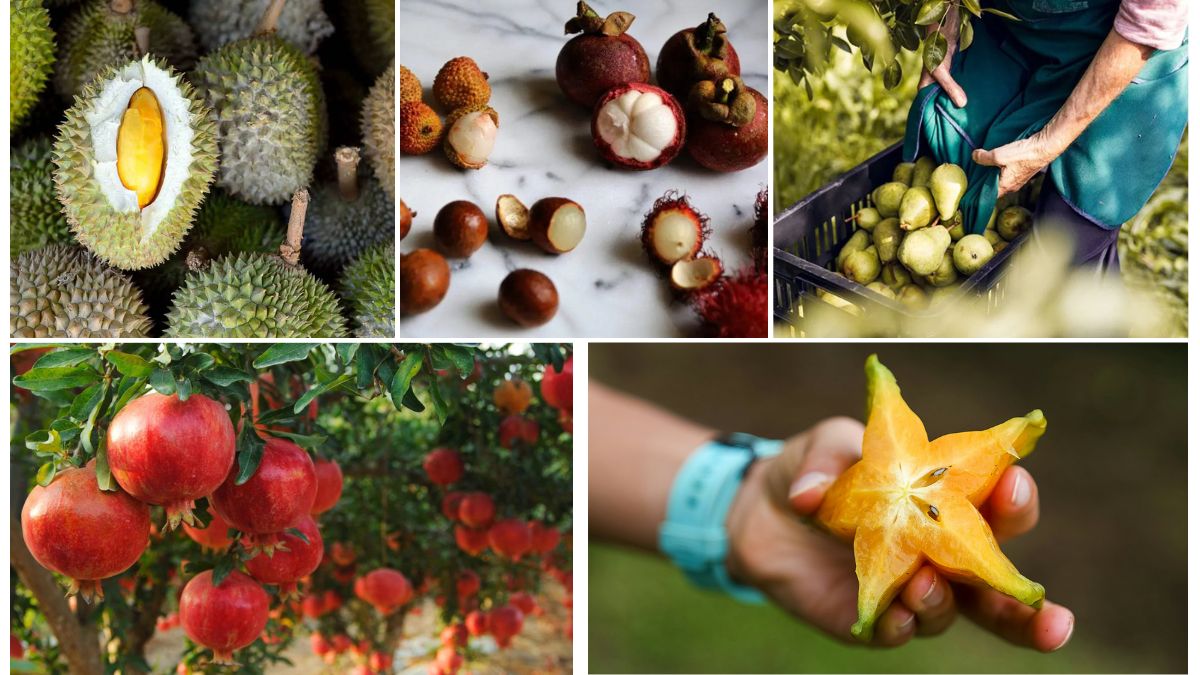Fruit cultivation is a delicate science, deeply influenced by climate, geography, soil conditions, and human expertise. Ever wonder why mangoes flourish in India, while blueberries dominate in the U.S. and cherries thrive in Japan? It’s not just about tradition—there are specific environmental, biological, and economic reasons why certain fruits grow better in particular countries.
This article explores the key factors that influence why fruits are region-specific and what makes certain countries ideal for growing specific types of fruit.
1. Climate: The Most Critical Factor
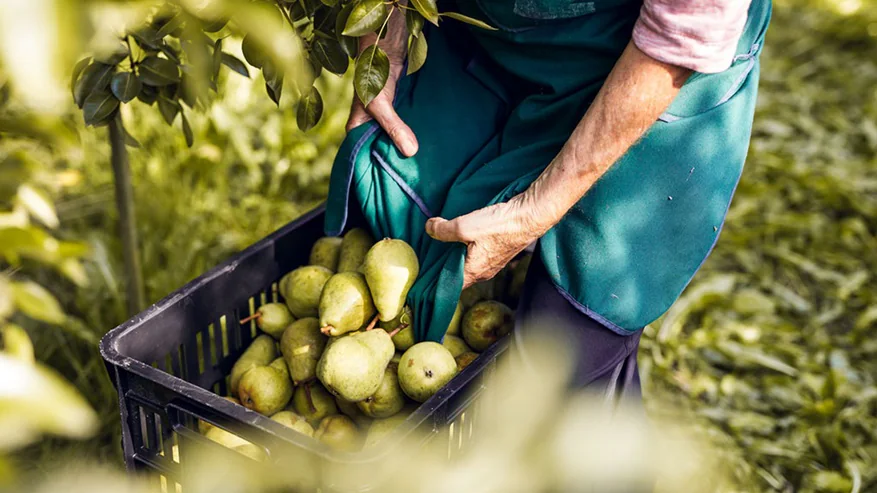
One of the most significant reasons certain fruits grow better in specific countries is climate. Each fruit has a specific climate range where it thrives best.
a) Tropical Fruits
Fruits like mangoes, bananas, pineapples, and papayas require warm, frost-free conditions with plenty of sunshine and rainfall.
- India, Thailand, and the Philippines lead in mango production due to their long, hot summers and monsoon rains.
- Costa Rica and Ecuador are major exporters of bananas thanks to their warm temperatures year-round.
b) Temperate Fruits
Fruits like apples, pears, cherries, and grapes prefer moderate temperatures with cold winters to support dormancy.
- The United States, China, and Italy excel in apple production due to their distinct seasons.
- Japan grows high-quality cherries due to its controlled climate and mountainous terrain.
c) Mediterranean Fruits
Figs, olives, and citrus fruits thrive in regions with dry summers and wet winters.
- Spain, Turkey, and Greece are known for citrus and fig exports, benefiting from the Mediterranean climate.
2. Soil Type and Nutrient Content
Soil composition—acidity, drainage, fertility, and texture—plays a crucial role in fruit productivity. Certain fruits demand specific soil conditions:
- Blueberries need acidic soil (pH 4.5–5.5) and good drainage, which is why Oregon, Michigan, and Canada are leaders in blueberry production.
- Grapes flourish in well-drained, rocky soils, which is why France, Italy, and South Africa produce some of the best wine grapes.
- Bananas require rich, loamy, moisture-retentive soil, found abundantly in Central America.
Countries with favorable soil naturally gain an advantage in producing specific fruits in large quantities and high quality.
3. Altitude and Elevation
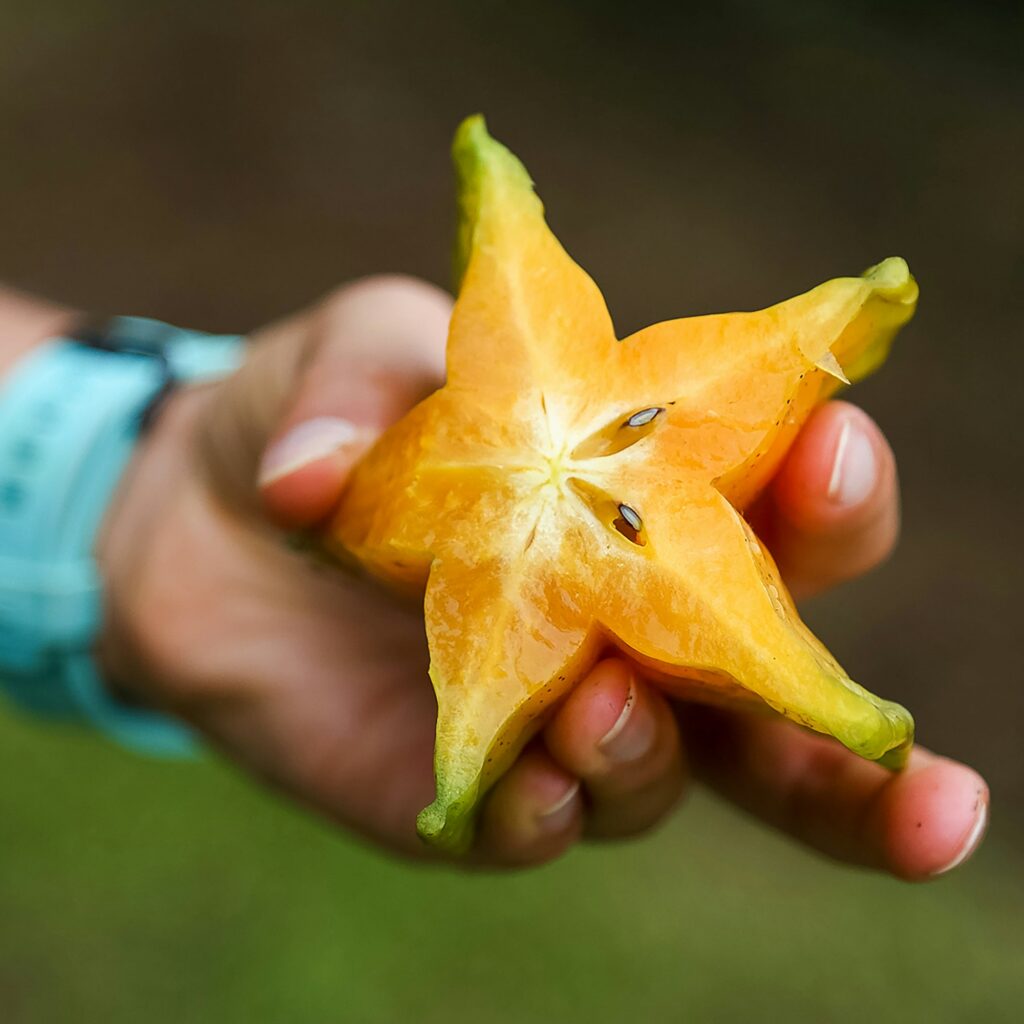
Elevation also impacts temperature, humidity, and sunlight exposure. Some fruits thrive better in higher altitudes, while others demand sea-level conditions.
- Coffee and avocadoes grow best in moderate altitudes (1,000–2,000 meters), which is why Ethiopia, Kenya, and Colombia are top producers.
- Strawberries benefit from cooler climates, often found at higher elevations in India (Himachal Pradesh, Mahabaleshwar) and Mexico.
Elevation-related microclimates allow countries to produce high-value fruit even in smaller regions.
4. Water Availability and Irrigation Infrastructure
Water-intensive fruits like citrus, pomegranates, and bananas require consistent irrigation. Countries with robust irrigation networks and water resources are better equipped to sustain fruit farming.
- Egypt has invested in desert irrigation for citrus farming, becoming one of the top orange exporters.
- Israel uses advanced drip irrigation to grow grapes and dates in arid zones, turning deserts into productive orchards.
By investing in technology, even water-scarce countries can become top producers of specific fruits.
5. Pest and Disease Resistance

Each region has a unique ecosystem. Some areas are less prone to certain pests and diseases, making them more favorable for cultivating specific fruits.
- New Zealand has minimal pests and strict biosecurity, which helps its apple and kiwi exports thrive without heavy pesticide use.
- Australia benefits from natural disease resistance in many of its fruit-growing regions due to geographic isolation.
This gives such countries an edge in exporting cleaner, organically grown produce.
6. Local Expertise and Agricultural Practices
Generations of farmers often specialize in specific fruits, refining techniques like grafting, pruning, and hybrid development.
- India’s mango farming expertise has evolved over centuries, producing legendary varieties like Alphonso and Kesar.
- Japanese farmers use precision agriculture for cultivating strawberries and melons, turning them into luxury fruits.
- French vineyards have honed grape cultivation for centuries, leading to world-class wine varieties.
Knowledge passed down through generations boosts both quality and yield.
7. Government Support and Export Policies
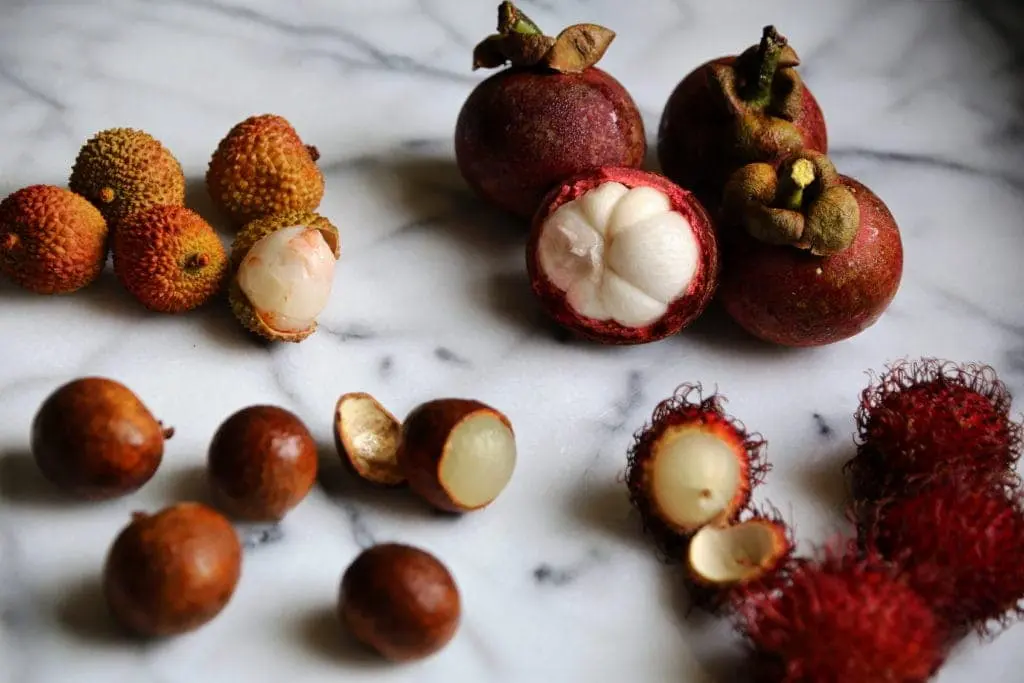
Governments play a vital role by providing subsidies, technical support, and export incentives.
- Chile became a top fruit exporter due to government-supported agricultural expansion and trade agreements.
- Peru’s avocado boom was powered by state-backed irrigation projects and open-market export policies.
When governments invest in agricultural infrastructure, they can shift fruit production dynamics in their favor.
8. Genetic Suitability and Local Varieties
Certain fruit varieties are genetically better suited to local conditions.
- The Alphonso mango in India cannot be easily grown elsewhere because it depends on the unique Konkan coastal climate.
- Kiwi in New Zealand has adapted well to the country’s climate and soils, and the country now holds patents on varieties like Zespri.
Some fruits have become so intertwined with their native regions that they develop a unique brand identity globally.
9. Economic and Labor Factors
Fruit farming is labor-intensive, especially for fruits like grapes, strawberries, and cherries that require handpicking. Countries with affordable labor often have a cost advantage.
- Mexico and India benefit from relatively lower labor costs in fruit harvesting.
- Spain uses a combination of seasonal migrant labor and automation to maintain competitiveness.
This helps keep production costs down while maintaining export quality.
10. Global Demand and Trade Networks
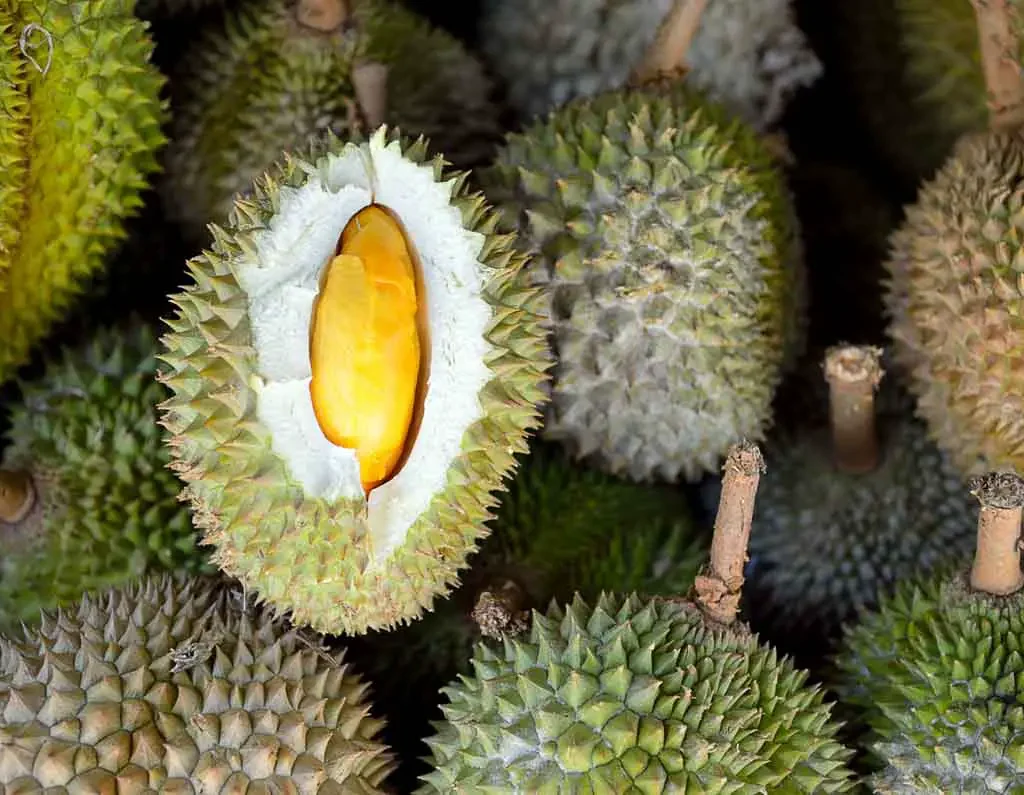
Finally, some countries specialize in fruits for which they have strong trade relationships.
- Ecuador focuses on bananas, with major export routes to the U.S. and Europe.
- Thailand exports tropical fruits like durian and longan to China and the Middle East.
- South Africa’s stone fruits (plums, apricots) are widely shipped to European markets.
Strategic location and access to shipping networks also play a role in fruit success.
Final Thoughts
The reason why some fruits grow better in certain countries is a beautiful blend of nature, science, tradition, and policy. While climate and soil are foundational, factors like water access, elevation, labor, expertise, and market access all contribute to creating ideal fruit-growing environments.
Understanding these factors not only helps consumers appreciate where their fruit comes from but also helps farmers and investors target regions for specific fruit cultivation.
As global demand for exotic fruits grows, and as climate change shifts growing zones, we may see new leaders emerge in the world of fruit production. But for now, countries that align with their natural strengths and invest in agricultural innovation will continue to dominate the fruit scene.
